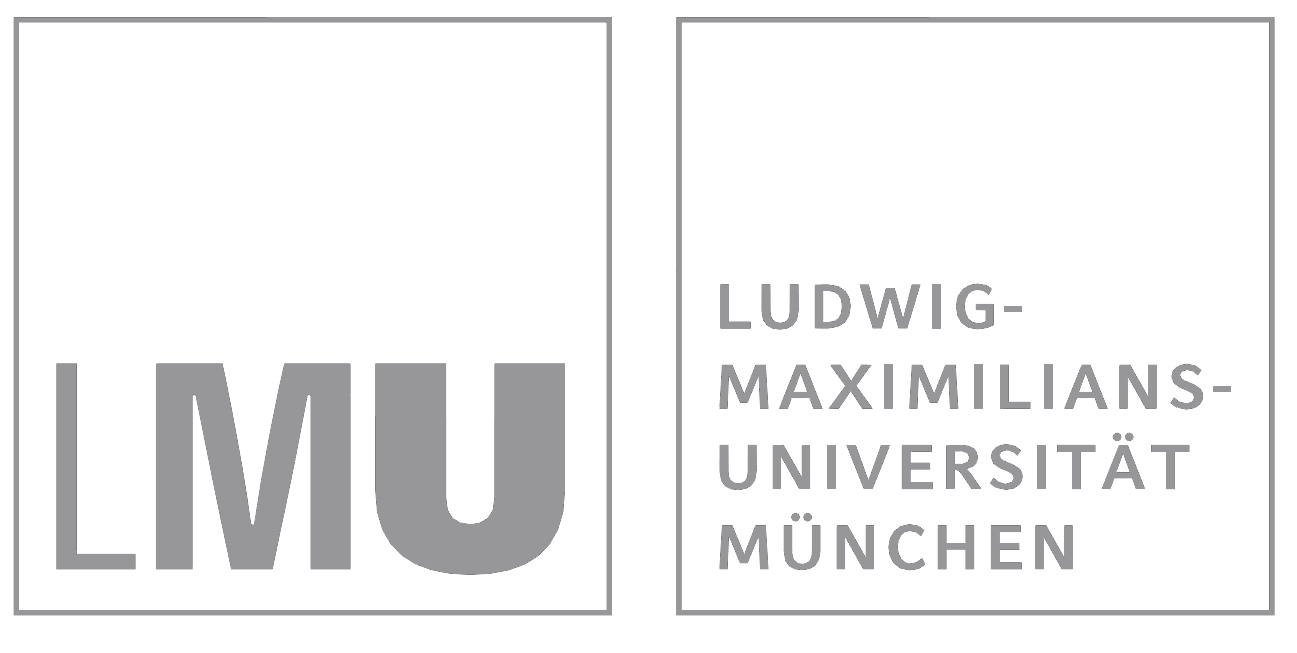Idiomatic Différance: Reflections on Intranslatability in the Works of Gerhard Richter
Veröffentlichungsdatum: 22 Dez 2008
Zitierbare Links:
URN: urn:nbn:de:0009-23-17278
Download:
Durchschnittliche Beurteilung
Ihre Beurteilung
Kurzfassung
Translatability of a work of art, according to Walter Benjamin, is an essential ability to allow a translation to take on »a specific significance inherent in the original« so that it will retain a close relationship to the original. In contrast, Gerhard Richter's photo-based paintings show such an auratic significance of the original in its innate deficiency or intranslatability. As Rosemary Hawker puts it, the striking effect of blur in his paintings represents itself at once as a unique photographic idiom and a distinctive shortcoming of photography which impedes the medium from providing viewers with clearly perceivable images; the blur creates a site of différance in which both media come to a common understanding of one another’s idioms by telling what those idioms always fail to achieve. In this short essay, I will examine ways in which Richter’s photographic and pictorial works, including early monochrome paintings and recent abstract works based on microscopic photographs of molecular structures, attempt to untranslate photographic idioms in order to see painting’s (in)abilities simultaneously. In doing so, I intend to observe in the artist’s pictorial practice an actual phenomenon that the image can designate certain facts or truths only through its inherent plurality, faultiness, and partiality.
Lizenz
Jedermann darf dieses Werk unter den Bedingungen der Creative Commons Namensnennung 3.0 DE Lizenz benutzen.




Rezensionen
Kommentare
Es liegen noch keine Kommentare vor.Möchten Sie Stellung zu diesem Artikel nehmen oder haben Sie Ergänzungen?
Publikationsverlauf des Beitrags